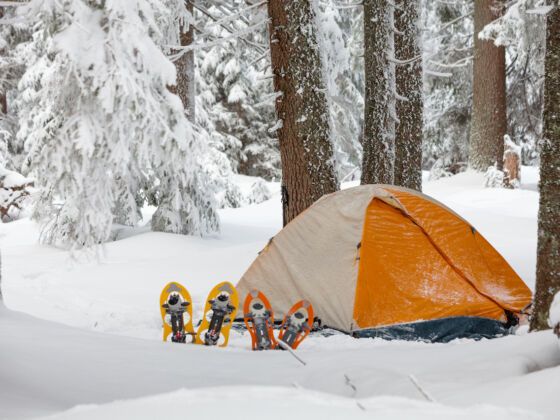When temperatures drop and snow falls, campsites become much less crowded. The fear of being cold keeps even avid campers bundled up indoors on winter nights. But there is no reason to lock yourself inside all winter.
With the right gear, any winter trip can be fun and comfortable.
